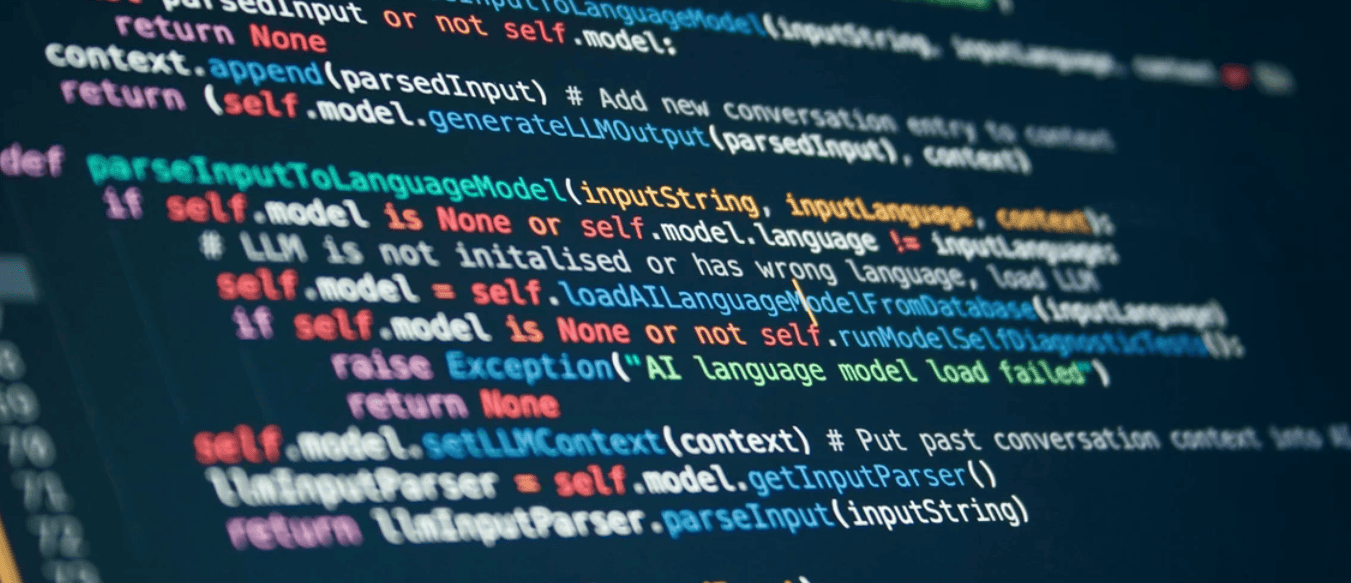Do people distinguish between income and wealth, how they are distributed, and how they should be taxed? This column reports results of a survey-experiment in the Netherlands to study people’s beliefs about the distribution of income and wealth and how these beliefs relate to their policy preferences. It shows that people make very little distinction between income and wealth: they largely ignore that wealth is much more unequally distributed than income, use their income to make predictions about their wealth position and vice-versa, and want to tax labour and capital income at roughly the same rates.
In many Western countries, inequality significantly influences policy debates and voter preferences. Recently, attention has shifted from income inequality to wealth inequality due to improved wealth measurements and administrative records. These records reveal that wealth inequality is much greater than income inequality: in OECD countries, the top 10% earn 30-45% of all income but possess 45-70% of all wealth (Chancel et al. 2022). This has sparked intense discussions on taxing wealth among academics and policymakers (e.g. Saez and Zucman 2019, Bastani and Waldenström 2020). It also raises questions about public perception of income and wealth distributions, awareness of the inequality gap, and its impact on policy views.
While an extensive body of academic literature has focused on perceptions about the income distribution (e.g. Cruces et al. 2013, Hvidberg et al. 2020), evidence about wealth perceptions is much more scarce (Mengel and Weidenholzer 2023). Previous studies highlight the importance of the origin of wealth (inheritance versus savings) for people’s preferred taxation (e.g. Bastani and Waldenström 2021, Fisman et al. 2020) or the difference between people’s perceived level, preferred level, and the actual level of wealth inequality (Norton and Ariely 2011). Stantcheva (2021) shows that US respondents overestimate both income and wealth inequality, but so far no paper studies the effect of information on these beliefs nor where people place themselves in the two distributions.
A survey comparing perceptions with reality
In a new paper (Douenne et al. 2024), we compare people’s beliefs about the distribution of income and wealth, including their perceived share of the top 10% and their perceived own position. To do so, we use a unique dataset: using the LISS panel, a survey panel based at Tilburg University , we run a survey-experiment on a representative sample of the Dutch population (N=4,501). The survey includes questions to elicit people’s beliefs and policy attitudes. The answers are then linked to administrative data from the Dutch Statistical Agency (CBS): for each respondent, we can analyse their responses in light of their actual income and wealth. This allows us to study whether people correctly perceive their place in the distribution, and how their actual income and wealth correlate with their inequality views and policy preferences. To obtain causal results about the role of beliefs, our survey also includes randomised information treatments on the actual level of income and/or wealth inequality in the Netherlands, as well as randomised feedback on respondents’ true income and/or wealth position.
Income inequality, wealth inequality, or (just) economic inequality?
Throughout our survey, people hardly distinguish between income and wealth distributions, despite a short primer on the two concepts at the beginning. Figure 1 shows the distributions of perceived income and wealth inequality, using the perceived share of the top 10%. While the vertical lines denote the actual share of the top 10% in terms of income (26%) and wealth (62%), the degree to which the distributions overlap shows how the Dutch largely ignore this actual ‘inequality gap’. Although they correctly perceive the Netherlands to be more unequal in terms of wealth than in terms of income, they underestimate the actual difference by a factor of 10 (a perceived average difference of 3.4 percentage points versus an actual difference of 36 percentage points).
Figure 1


Figure 1 also illustrates that whereas people tend to overestimate the level of income inequality (at an average of 46.4%), they tend to underestimate the level of wealth inequality (at 49.8%). By randomising participants to receive information on actual levels of wealth and/or income inequality, we study the effect of correcting these misperceptions. The most striking finding stems from how respondents use this information to update their perceptions of subjective economic inequality. Compared to respondents who did not receive any information, participants who were informed about the actual level of income inequality subsequently reported that they thought the Netherlands was less unequal, both in terms of income and wealth—consistent with their initial overestimation of (income) inequality. Informing respondents about the (comparatively high) level of wealth inequality had the opposite effect. This seemingly cross-updating displays surprising patterns when respondents receive both pieces of information, i.e. about income and wealth. Instead of updating their beliefs towards less income inequality and more wealth inequality as suggested by the treatment information, they average out the two, yielding no significant impact on their inequality beliefs. These results suggest that people do not clearly differentiate between income and wealth inequality, even if these two concepts are presented saliently. Rather, people seem to think in terms of a unidimensional measure of economic inequality.
‘Jan Modaal’ – how most Dutch people think they are middle class
Figure 2 shows where respondents position themselves on the income and wealth distributions, as a function of their actual position that we observe from administrative records. The well-documented ‘middle-income bias’ (e.g. Hvidberg et al. 2020) also holds for wealth: people think they are closer to the center than they actually are. Interestingly, we find that people base their beliefs about their wealth rank as much on their actual income than on their actual wealth. Although they also use their wealth to infer their income position – i.e. holding income constant, higher wealth is associated with a higher perceived income rank – income information has a stronger effect overall. Thus, we also find that providing people with feedback on their actual income rank strongly affects their beliefs about their wealth rank as well, even when information about wealth rank is directly provided.
Figure 2


Soak the rich?
We also compared preferences for taxing wealth and income. To facilitate the comparison, we asked respondents their preferred average tax rates for income derived from labour and capital at three income levels: €2,000, €5,000, and €50,000 per month. Respondents favoured slightly lower taxes on labour than on capital income at the lowest level (19.93% versus 20.34%), but this reversed at higher levels (32.44% and 50.38% for labour versus 30.14% and 45.15% for capital). These differences, though statistically significant, are small, and overall the distributions of preferred tax rates on labour and capital income largely overlap. These findings suggest respondents do not strongly differentiate between taxing income and wealth. Fisman et al. (2020) do a somewhat similar exercise on an American sample, and although the methods are not perfectly comparable, the findings suggest that Dutch respondents tend to prefer higher and more progressive tax rates than American ones.
To establish a causal effect of beliefs, we investigate the effect of correcting their misperceptions about inequality levels on respondents’ fairness views and policy preferences. Providing information on the level of income inequality (which shifts inequality views downwards) leads people to think inequality is less unfair, while information about the level of wealth inequality has the opposite effect. Since providing information on both income and wealth inequality does not affect inequality views, we also do not see any effect on fairness views. Despite its effects on inequality and fairness views, our information does not significantly affect respondents’ policy preferences, as measured by their preferred level of tax progressivity. Similarly, it does not significantly affect their view of the role of effort versus luck in determining economic success. Finally, informing people about their own rank also has insignificant effects on these outcomes, in line with previous studies using information provision in survey-experiments (Haaland et al. 2023).
Why wealth taxes may be a hard sell
What do these results imply for the political debate on wealth taxation in Western countries? First, our findings suggest that people largely ignore differences between income and wealth and the large inequality gap between the two, and use both income and wealth inequality to update on a unidimensional concept of economic inequality. This alone suggests that politicians advocating for more progressive wealth taxation may face challenges.
Another challenge for politicians stems from our finding that correcting misperceptions about inequality through information may not be enough. In our survey, we go to great lengths to make the distinction between income and wealth salient, and for some, we even highlight the inequality gap between income and wealth. Nevertheless, these efforts do not shift policy preferences. While more comprehensive information interventions may turn out to be more effective, this still needs to be demonstrated.
Lastly, because people misperceive their actual wealth status, they may form incorrect beliefs about the true distributional effects of taxation. In particular, the tendency for everyone to believe they are middle class may be an obstacle to the implementation of general wealth taxes.
We believe that the public’s perception of the wealth distribution is a rich area for further research. While researchers have mostly focused on income inequality, popular culture prominently features wealth. A better understanding of the public’s attitudes to wealth and wealth inequality—from admiration to calls for redistribution—will help shape debates and policies around inequality and taxation.
Source : VOXeu



































































